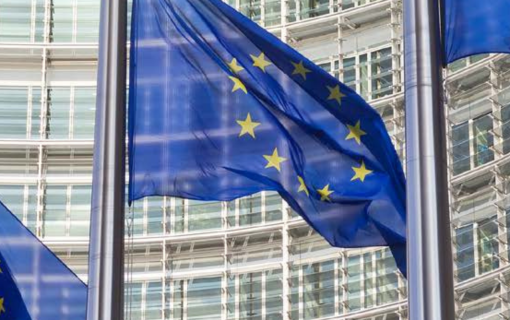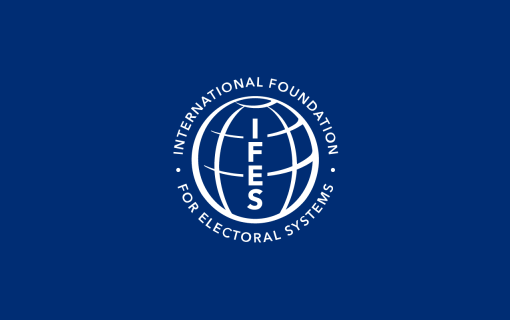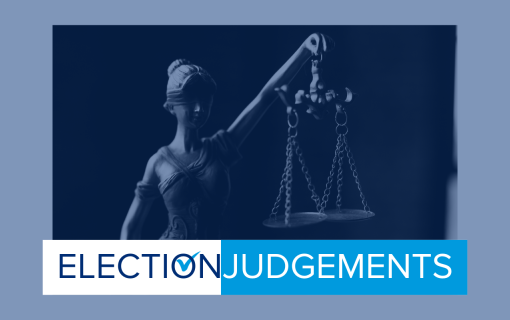A Look at Mali's November 24, 2013 Elections
How was the mood on Election Day?
The mood on Election Day was generally calm, with most people going about their daily business as usual. Most polling places opened on time and voting was smooth in most areas of the country.
Contrary to the recent presidential elections, there were no long queues, and voters were able to cast their ballot quickly before returning to their usual Sunday activities.
How was security?
In general, the election took place in peaceful conditions. The Malian police, gendarmerie and National Guard provided an effective security presence in most polling places across the country. In the three northern regions of Timbuktu, Gao and Kidal, international forces (United Nations and French allies) provided security in areas where Malian security and defense forces lacked logistical means to ensure a safe environment for voters to cast their ballots.
There were a few isolated incidents that disrupted voting in some northern areas where voters were prevented from reaching polling places.
How was turnout?
According to official statistics, 38.5 percent of eligible voters participated in the legislative elections across the country. Turnout in rural areas was much higher than in urban centers, with the capital city of Bamako averaging around a 20 percent turnout.
Despite security challenges, turnout in the three northern regions of Timbuktu (54.84%), Gao (56.49%) and Kidal (41.25%) exceeded the national average.
While these figures appear low compared to Mali’s neighbors in the region, it is worth noting that Mali uses a different voter registration system that contributes to the discrepancy. In contrast to most countries where voter registration is conducted on a voluntary basis, the voter list in Mali is compiled by extracting eligible voters (over 18) from the civil registry. This leads to lower voter turnout than countries in which only those who have made the effort to register are eligible to vote.
If official figures show turnout was as low as it appears to be, what could explain the drop in participation?
The turnout for these elections was the second highest since the return of multiparty elections in Mali in 1992 – only the July presidential elections saw a higher turnout. Nevertheless, these legislative elections witnessed a 5-6 percent decline in participation since the presidential poll.
There are a variety of possible explanations, chief among them is the fact that, across the world, legislative elections typically draw fewer voters to the polls than presidential elections.
When are results expected?
The deadline for the announcement of provisional results is Friday, November 29 – five days Election Day. However, it is possible results will be released earlier.
The Constitutional Court is responsible for pronouncing final election results, but there is no specific deadline for this. In constituencies where no party obtains the absolute majority, a second round of voting is scheduled for December 15, 2013.
When will the elected take office?
Once the Constitutional Court announces final election results after the second round election, the President of the Republic will summon a plenary session of the National Assembly to swear in new deputies.
There is no exact timeframe for this, but the plenary must be held in April 2014, which is when the National Assembly begins its legislative session.
What does this election say about Mali’s democracy?
The legislative elections are crucial for Mali’s democracy, as they mark the final step in the transition back to constitutional rule following the March 2012 coup d’état. Once their institutions are back in place and fully functional, Malians can focus on reconstruction, reconciliation and addressing the country’s many challenges. This includes reestablishing security across the territory, economic development, decentralization and improving service delivery.









